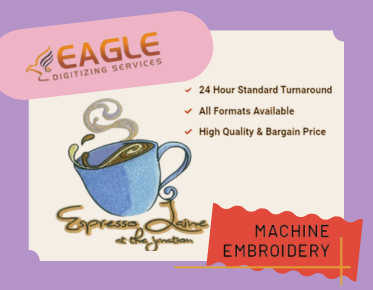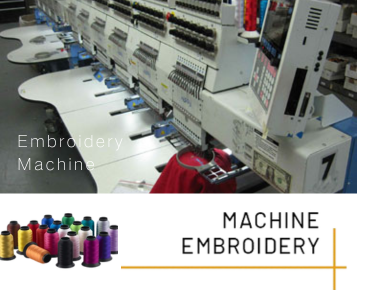Common Embroidery Digitizing Issues and Solutions
Embroidery digitizing is a crucial process in transforming artwork into a format that embroidery machines can read. Despite its importance, the process is not without its challenges. In this blog, we will explore some common issues faced during embroidery digitizing and offer practical solutions to overcome them.
Understanding the Basics of Embroidery Digitizing
Before delving into the issues, it's essential to understand what embroidery digitizing entails. It involves converting artwork into a stitch file using specialized software. This file guides the embroidery machine on how to stitch the design onto fabric. The process requires precision and expertise to ensure the final product meets quality standards.
Common Issues in Embroidery Digitizing
1. Poor Quality Artwork
One of the most common issues is starting with low-quality artwork. The quality of the original image significantly impacts the final embroidery. Low-resolution images can lead to unclear and distorted designs.
Embroidery digitizing services often recommend using high-resolution images to ensure clarity and precision in the final product.
2. Incorrect Stitch Density
Stitch density refers to the number of stitches in a given area. Incorrect stitch density can cause problems such as puckering or thread breakage. It's crucial to adjust the stitch density based on the fabric type and design complexity.
3. Thread Breakage
Thread breakage is a common issue that can disrupt the embroidery process. It often results from incorrect tension settings, poor-quality thread, or overly complex designs. Regular maintenance of the embroidery machine and using high-quality threads can mitigate this problem.
4. Misalignment of Designs
Misalignment occurs when the design does not stitch out as intended, often due to hooping errors or machine calibration issues. Ensuring the fabric is hooped correctly and the machine is well-calibrated can prevent this issue.
Solutions to Embroidery Digitizing Issues
1. Use High-Quality Artwork
Starting with a high-quality image is crucial. Ensure the artwork is clear, with distinct lines and color separations. This clarity will translate into a more precise embroidery design.
2. Adjust Stitch Density Appropriately
Understanding the fabric type and design complexity is key to setting the correct stitch density. For instance, lighter fabrics may require lower stitch density to prevent puckering.
3. Regular Machine Maintenance
Regular maintenance of the embroidery machine can prevent issues like thread breakage. This includes cleaning the machine, checking tension settings, and using high-quality threads.
4. Professional Digitizing Services
For those who find digitizing challenging, professional services like Eagle Digitizing offer expert solutions. They provide high-quality digitizing services with quick turnaround times, ensuring your designs are perfect and ready for embroidery.
Advanced Techniques in Embroidery Digitizing
Beyond the basics, advanced techniques such as 3D puff embroidery and applique digitizing can add depth and texture to designs. These techniques require specialized knowledge and experience, which professional digitizing services can provide.
Future Trends in Embroidery Digitizing
The future of embroidery digitizing is promising, with advancements in software and machine technology. Automation and AI are expected to play significant roles, making the process more efficient and accessible. As technology evolves, staying updated with the latest trends and techniques will be crucial for businesses in the embroidery industry.
Embroidery digitizing is a complex yet rewarding process. By understanding common issues and implementing effective solutions, businesses can enhance their embroidery quality and efficiency. Whether you're a small business or a large enterprise, leveraging professional services like Eagle Digitizing can provide the expertise and support needed to excel in this field.
As the industry continues to evolve, what new challenges and opportunities do you foresee in embroidery digitizing? How can businesses adapt to these changes to stay competitive?


.png)
